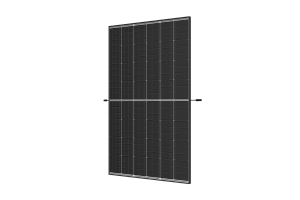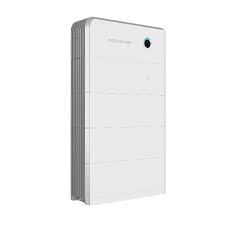Solar Upgrades: Add more panels to your existing system!
Do you have an old or small system and want more solar power? Consider solar upgrades by Australis Solar, a top solar company in Perth.
Solar upgrades are a great solution to increasing your solar panel capacity and increasing your solar production.
Enhancing your solar panel system with solar upgrades is an excellent strategy for boosting both capacity and energy output. At Australis Solar, we specialise in the Perth Metropolitan area, offering tailored solutions to meet your specific needs. Our systems are engineered for longevity. However, if your existing setup no longer aligns with your energy requirements, we’re here to help restore that balance.
Contact us for a complimentary energy and savings evaluation. This analysis will detail collaborative strategies for optimizing your solar investment.
We recognize the distinctiveness of each scenario, so at Australis Solar, our approach is as unique as your energy needs.
In order for you to be eligible for STCs, your system must be installed by a Solar Accreditation Australia or Clean Energy Council accredited installer. The system must also be entirely new, not a solar upgrade. Click here to find out more about the Government rebates.
The solar panels and inverter must be on the lists of Clean Energy Council approved modules and inverters.


Solar Upgrades with High Efficiency Solar Panels
Add more Solar panels to an existing system
In Perth, Western Australia, the solar energy landscape has evolved rapidly. The once common 1.5 kW systems are now considered inadequate for the average household’s energy requirements. The market has shifted towards larger systems, with the current trend favoring installations of around 6.6kW of panels. This shift is driven by the significant reduction in the cost of photovoltaic panels and adjustments in feed-in tariffs. As of 2023, the Distributed Energy Buyback Scheme (DEBS) in Perth offers a feed-in tariff of 10 cents per kilowatt-hour for electricity exported between 3 pm to 9 pm and 2.25 cents per kilowatt-hour at other times.
These rates reflect a slight decrease from previous years, incentivising homeowners to utilise solar energy more efficiently. Additionally, the average system size installed in Australia has grown, reaching 8.06 kW in June 2021, indicating a clear preference for more robust solar solutions. Homeowners are now more inclined to install larger systems, not only to meet their increased energy needs but also to maximise the financial returns from feed-in tariffs before any further potential reductions. The solar industry in Western Australia continues to thrive, with Perth leading the way in the adoption of sustainable energy solutions.
Solar Upgrades with Solar Battery Storage
Add more Solar Battery Storage to an existing system
The dawn of residential solar energy storage is upon us, with companies like Tesla, Sigenergy, and BYD leading the charge. Tesla’s Powerwall range, known for its sleek design and robust performance, offers homeowners the ability to store 13.5 kWh of energy, ensuring that the power generated during the day is available when needed most.Sigenergy’s SigenStor system takes integration a step further by combining a solar inverter, EV charger, battery pack, and energy management system into one stylish and scalable unit, capable of expanding from 5 to 48 kWh to meet various energy needs. Meanwhile, BYD, having recently surpassed Tesla in EV sales, is also making significant strides in the energy storage market, providing solutions for projects claiming to be the largest in the world.
These innovations signify a shift towards greater self-reliance and sustainability, empowering consumers to take control of their energy consumption and reduce their dependence on traditional power grids. As these technologies become more accessible and cost-effective, they promise a greener, more resilient future, where the power to manage energy lies firmly in the hands of the people. Indeed, the secret is out: storing solar power in your own garage is not just possible; it’s the smart move towards energy independence.



